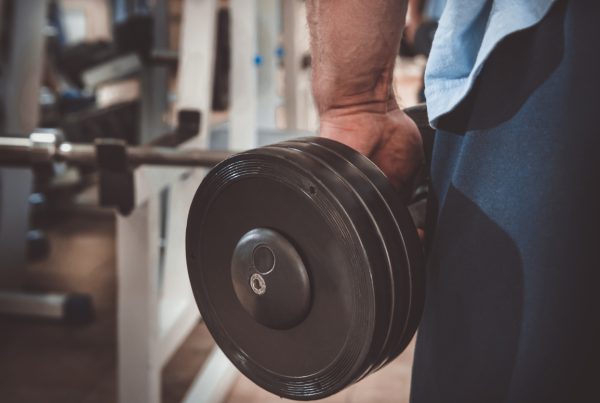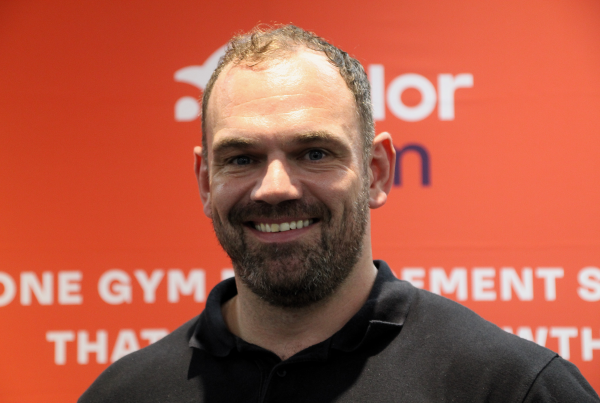James Clack, Learning & Skills Development Manager, Active IQ
Are you sitting comfortably? Well maybe you should stand up and read this blog on your feet because, despite the fact we’re all in the fitness business, office-based leisure industry workers are just as likely to fall into the category of sedentary workforces who can spend between seven and 10 hours a day sat down.
Even if you’re heading out for a gym session, run or exercise class after work, sitting for prolonged periods of time without a break isn’t good for your posture or health – simply standing or walking around a little at intervals during the day will help.
There are a number of health conditions associated with prolonged periods of sitting including raised cholesterol, cardiovascular disease, type 2 diabetes, certain forms of cancer (such as lung cancer) and premature death from all causes.
Researchers at Queen’s University and Ulster University in Belfast found that sedentary lifestyles could be linked to almost 70,000 of the deaths in Britain at an annual cost of £700m to the NHS.
They believe that if sedentary behaviour was eliminated in the UK, 9% of cases of colon cancer, 8% of endometrial cancer and 7.5% of lung cancer could be prevented, as well as 17% of cases of type 2 diabetes and about 5% of cardiovascular disease cases.
These percentages may seem small but scale them up to the sheer numbers affected and you’re looking at hundreds of thousands of individuals having the potential to improve their health and life span just for the sake of getting up and getting moving.
The leisure industry has a key role to play in encouraging people to be more active – and not just for the one or two hours they’re with a PT, class instructor, gym instructor or team coach engaging in activity.
Improving posture and encouraging an increase in daily activity can lead to better health.
Of course some people will need help to correct their posture and guidance to engage in exercises to activate key muscle groups that are weak or compromised through years of inactivity.
And this is where instructors and trainers perhaps need to take a step back from their teaching and training sessions to engage people in ‘pre-activity activity’. GP referral schemes are an excellent start point but even better would be to work with people BEFORE they become ill in the first place.
Not to mention catching the millions of office workers who suffer from neck, shoulder and back pain or struggle with weak glutes, overactive hip flexors, upper cross or lower cross syndrome. Look around you – I bet you can see quite a few colleagues slouched or hunched at their desk. (I also wager you just sat up a bit straighter yourself, unless you took my advice to read this standing up…)
In direct response to the problems of poor posture around sedentary lifestyles and the barrier this can be to people engaging in exercise, we have devised a Level 4 Certificate in Postural Assessment and Corrective Exercise, developed in close association with our Chief Medical Advisor, Dr Dane Vishnubala, and the team at York St John’s University.
Aimed at Personal Trainers, Strength & Conditioning Coaches, Pilates Instructors and Sports Massage Therapists, the qualification provides learners with knowledge and skills to assess a client’s posture and movement capacity and identify any movement dysfunction.
Learners will also be able to plan and implement an effective corrective exercise strategy.
Dane and I are hosting a webinar on delivery considerations for this qualification at 11:30 am on Friday July 12th, so do tune in to find out more here.
Dane has also recorded two podcasts which you can find here. A few extra skills among PTs and trainers could be just what the doctor ordered to help people take stock of their posture and recognise the importance of getting up out of their chair.

More People More Active More Often




